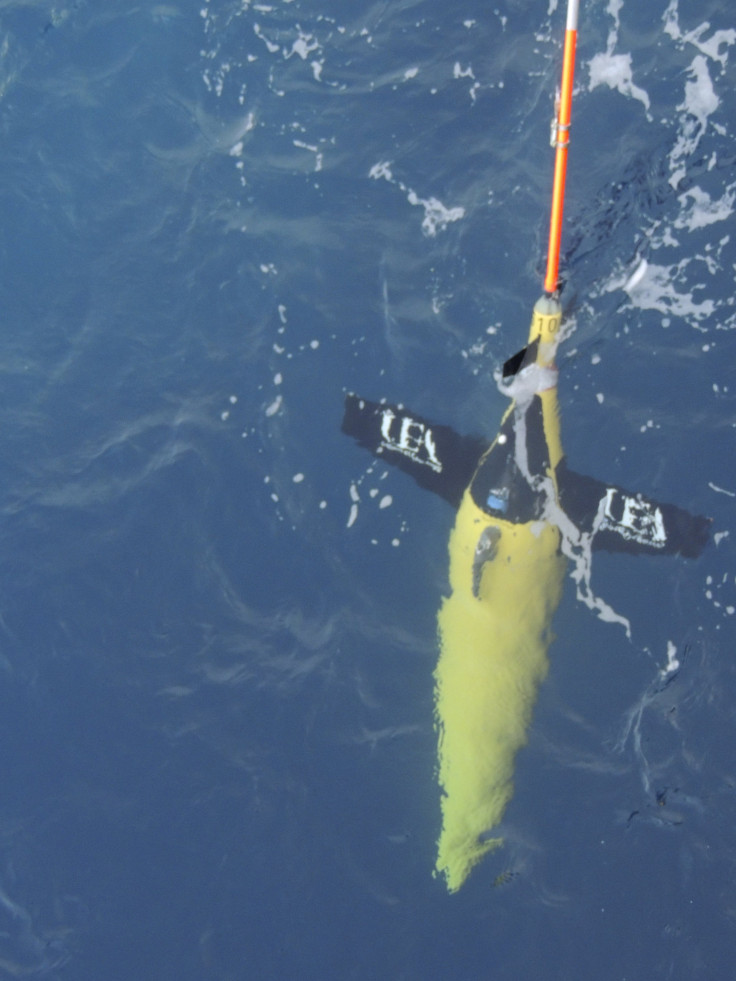Arabian Sea’s Oxygen Deprived ‘Dead Zone’ Larger Than Florida, Survey Reveals

A new study exploring depths of the Gulf of Oman revealed a massive increase in the size of its "dead zone," an area with too little oxygen for the survival of marine life.
First spotted nearly half a century ago, dead-zones, aka oxygen minimum zones or OMZs, were flagged as a major threat to marine biology. They occur naturally at depths ranging from 700 to 2500 feet due to changes in the level of atmospheric oxygen and have been located in three to four parts of the world including the Gulf of Oman which shares its waters with the Arabian Sea.
Now, that dead-zone appears to have grown bigger than what was previously thought. During a recent study, scientists from the University of East Anglia (UEA) sent two underwater robots, dubbed Seagliders, into the gulf to create a detailed picture of oxygen levels and the mechanics that mix oxygen and other nutrients into the water.
The robots, capable of going hundreds of feet deep underwater, surveyed the region for about eight months and kept relaying data. The findings of work revealed the OMZ has grown larger than the size of Florida with no to little oxygen left.
Scientists have known about this zone for a very long time, but due to geopolitical tensions and the risk of piracy, nobody could launch an expedition into the Gulf to analyze and measure the scale of the zone.
"The Arabian Sea is the largest and thickest dead zone in the world. But until now, no-one really knew how bad the situation was because piracy and conflicts in the area have made it too dangerous to collect data,” study lead Bastien Queste from UEA's School of Environmental Sciences said in a statement. "We barely have any data collected for almost half a century because of how difficult it is to send ships there.
After taking detailed measurements of oxygen-levels, the group integrated that data with sophisticated computer simulations of dead-zones and the fact that they move up and down between seasons, causing marine life to be squeezed in a narrow area close to the surface. More worryingly, the simulations also revealed the oxygen levels would further decline over the next century.
This not only provides critical insight into OMZs but also flags a major concern for marine life. "They are a disaster waiting to happen — made worse by climate change, as warmer waters hold less oxygen, and by fertilizer and sewage running off the land into the seas,” Queste added. In fact, all life underwater — fish and other animals — relies on oxygen and if the trend continues, it won’t be able to survive, leaving a broader impact on humans relying on the oceans for food and livelihoods. Even the plants will die-off with time.
The study, titled "Physical controls on oxygen distribution and denitrification potential in the north-west Arabian Sea," was published April 27 in the Geophysical Research Letters.
© Copyright IBTimes 2025. All rights reserved.




















